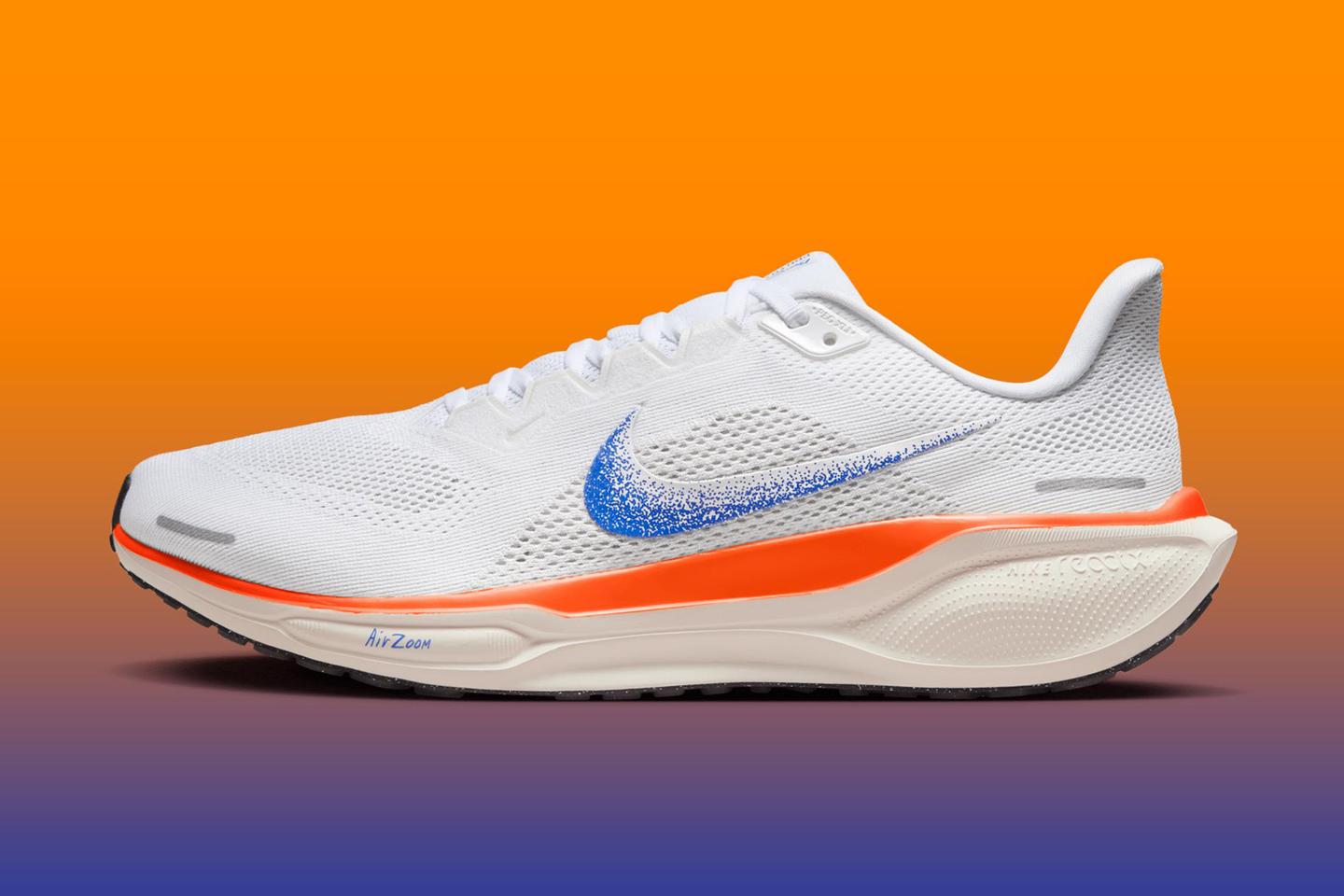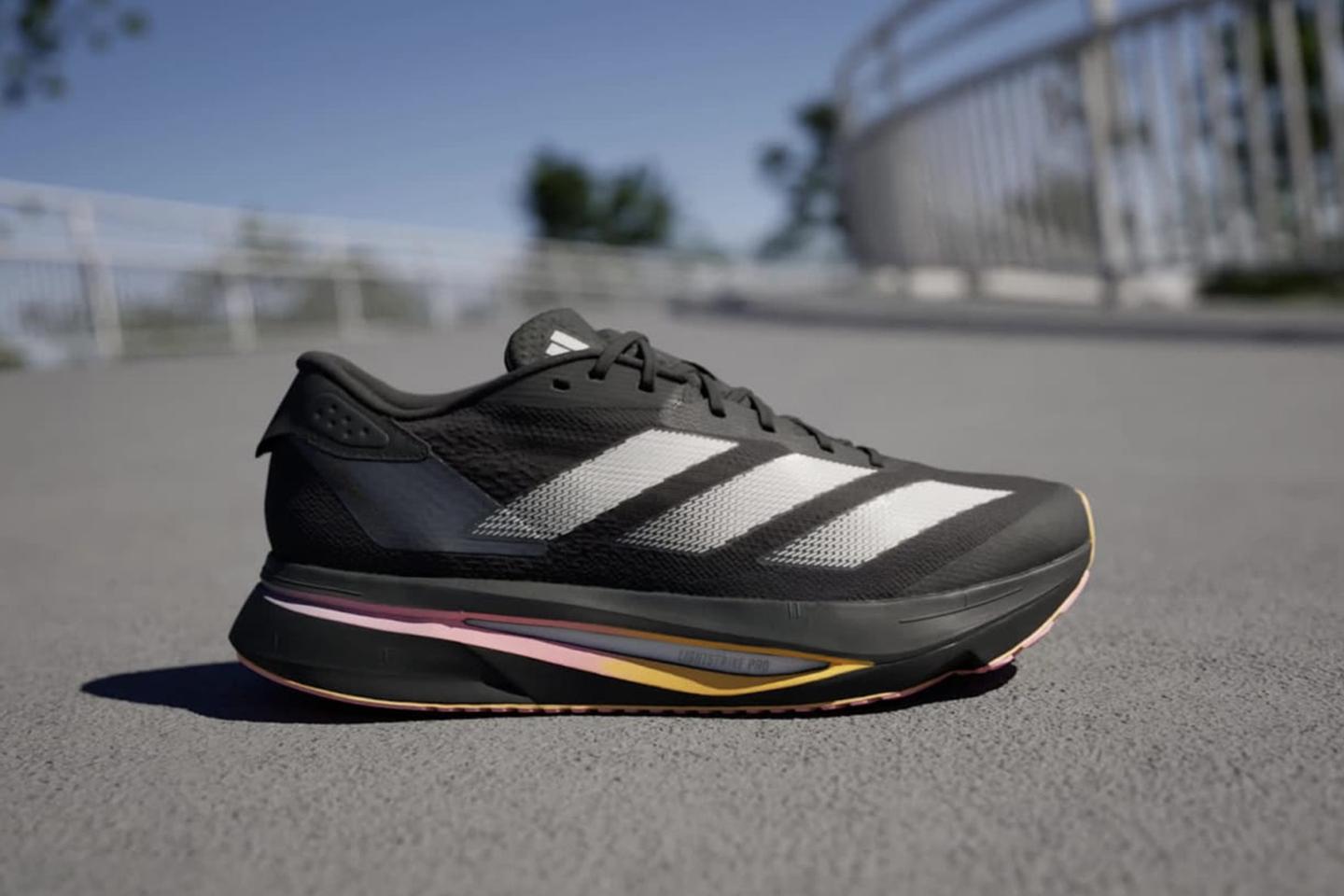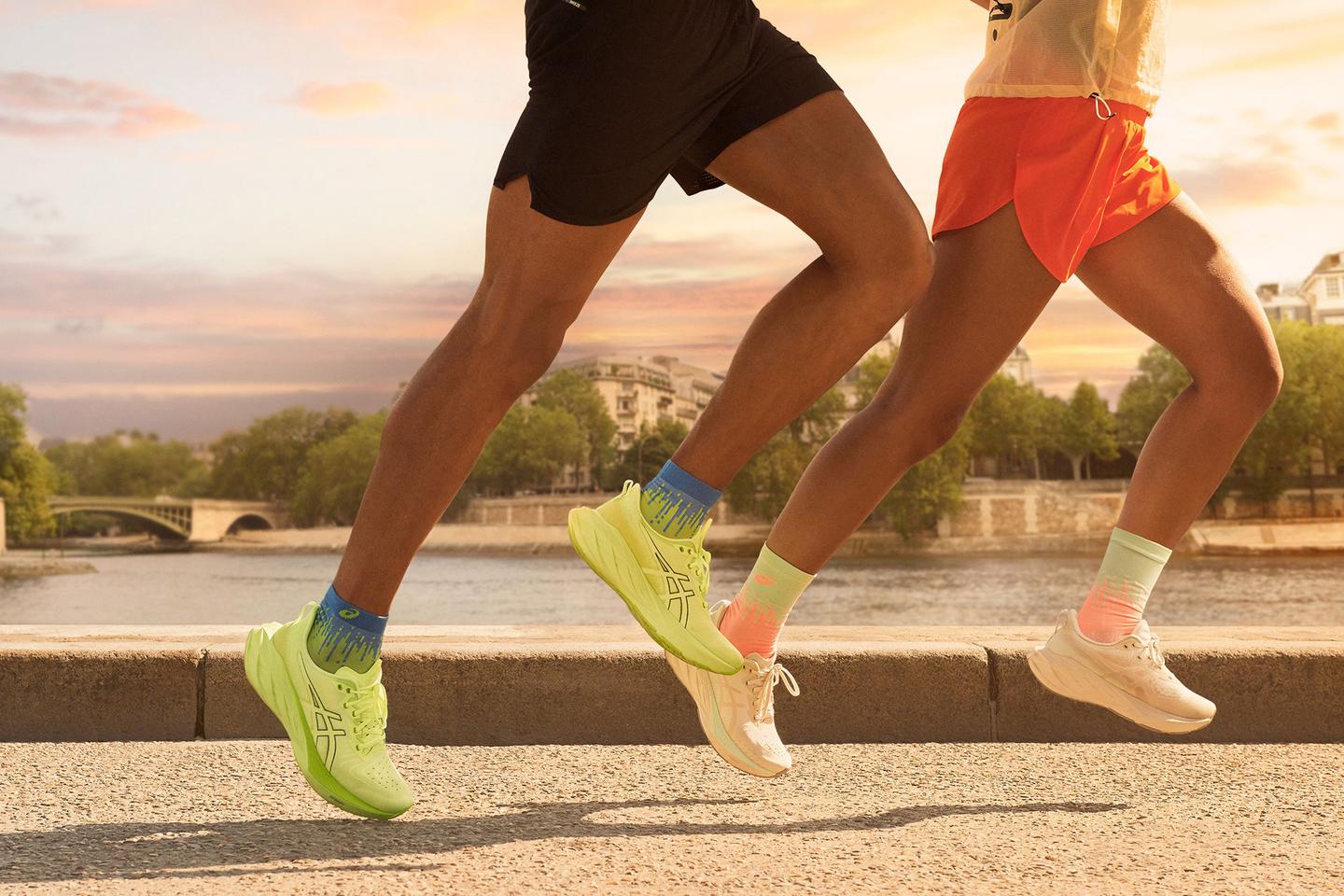Whether you’re a complete beginner, coming back from injury, or a short-distance racer, most of us can agree that 3-5k runs are a relatively easy distance to cover. But despite what Bill Bowerman said in the 60s, you shouldn’t be running in any old pair of shoes. While it might be tempting to run an off-the-cuff short run in your NB1906s or your GEL-KAYANO 14s, these runner-turned-lifestyle silhouettes are still going to feel very heavy compared to a modern-day running shoe (trust me, I’ve tried), and given all the innovation going on in the running scene right now, it’s worth investing in newer tech. However, the running shoe that’s best for you will likely depend on your goals, running style and budget.
Before you go charging off from the start line, we will preface this with a few things. Understanding your running style and tendencies is essential for managing the risk of injury, and getting a gait analysis done with a coach or at a specialist running store can go a long way to understanding what type of running shoe will suit you. We’ve included a selection of shoes with the best cushioning and stability support. Ultimately – especially if you’re starting out – comfort is key, so making sure your shoes are comfortable and actually fit right should be your biggest priority. In terms of fit, your running shoe should feel snug on the upper without being restrictive, and you should have enough room in the toebox to wiggle your toes. The heel should wrap around your foot snugly – too much movement here and the shoe will rub and create blisters, which definitely isn’t what you want halfway through your run.
Finally, don’t let anyone (especially not social media) tell you that a carbon fibre running shoe is needed for a 5k. It can be tempting to splash the cash on the latest and greatest super shoe, especially when they’re breaking records left, right and centre; however, most of these are designed for marathon running and don’t always have the best longevity in them. You can still improve your PBs without buying elite-level shoes, just FYI.
With that all out the way, let’s press on.

The Best 3-5k Running Shoe For Beginners
Having originally hit the asphalt in 1983, it’s fair to say that Nike’s Pegasus is a well-seasoned and safe bet. The legacy line has undergone plenty of evolutions over the years, and after hitting its 40th-anniversary edition last year, the Pegasus 41 is the shoe’s most up-to-date offering. Over the course of its development, the Pegasus has waved its course between a plush option and a performance runner, but the Pegasus 41 is a fairly well-rounded workhorse – making it a great beginner option for those who’ve made an early commitment to their running journey.
The 40th-anniversary edition was well-received by the running community, but the 41 has seen the silhouette come with vastly upgraded tech, including a full-length layer of Nike’s ReactX Foam, which provides 13 per cent more energy return than the 40 (this basically makes your run more efficient) and Air Zoom units in the forefoot and heel. It also features a more comfortable upper than previous versions, with more breathable mesh and lightly padded heels and collars, as well as a dynamic lacing system for a secure and snug fit. The Peg’s cushy heel isn’t the best for speedy runners, but if you’re starting out or need a reliable midweek miler, it's got your back.

The Best 3-5k Running Shoe For Value
If you’re at all unsure about toeing off on your running journey or your financial priorities are elsewhere, the adidas Adizero SL2 is a budget-friendly banger. While the Nike Pegasus isn’t too much more expensive, some people will find the shoe’s build too narrow, and the Adizero SL2 has a slightly wider fit that’s more comfortable for wider feet. Its cushioning isn’t quite as soft as the Peg – but a firmer ride often comes down to personal preference.
In terms of tech, this entry-level option still packs a punch by maintaining the defining features of the adizero range. Given that the family has been around for some time, adizero has already seen some improvements, and the resulting combination in this iteration comes from the shoe’s LIGHTSTRIKE midsole and ENERGYRODS structure. Said midsole features two layers of EVA foam that help to prevent energy loss, while the ENERGYRODS build has been modified from previous iterations and consists of five carbon-infused rods that mimic the bones in your feet. These will help to deliver dynamic flexibility in the forefoot and adapt to the runner’s technique to improve their energy return for a more efficient run.

The Best 3-5k Running Shoe For Racing
If you insist on something ultra speedy here (we’ll let you off if you’re racing) then we’ll forgive you for buying something like the Nike Alphafly 3. One of the fastest super shoes on the market, the Alphafly 3 has a couple of marathon wins under its belt, and even though you won't be using the pairs to their full potential at short distances, you’re pretty much guaranteed a PB. That being said, it’s best not to do your everyday training in the same shoes you race in, as these pairs are often less durable. Race-day shoes are also good for interval and tempo runs though, and running in a rotation of shoes will help to train different muscle groups and reduce your risk of injury.
As the Alphafly 3 is technically designed for elite marathoners, it doesn’t come short of tech. As well as a carbon fibre plate, the shoe features a full-length ZoomX midsole unit, as well as two forefoot Air Zoom units that’ll help power every stride. It’s also super lightweight – a men’s US 10 weighs 218g, making it Nike’s lightest Alphafly ever.

The Best 3-5k Running Shoe For Everyday Training
We have a few keen runners at the SF office, which means we’ve put a fair few running shoes through our paces. In terms of comfort, there’s one style that multiple members of our team come back to – the Hoka Clifton 9. It might seem like a basic choice, but it is a seriously comfortable workhorse that’s perfectly suited to everyday training. It’s certainly not a speedy racing flat (just look at that bulky sole) but the Clifton lineage is credited with legitimising Hoka’s chunky approach to running sneakers, and it has been around since 2014.
The Clifton 9 is bouncier than previous generations, which won’t be to everyone’s taste, and it also feels pretty plush around the heel and ankle. The cushioning means it’s only mildly responsive, but the sole structure does boast Hoka’s meta-rocker shape, which will help to people you onwards, and the cushioning itself is actually firmer than previous pairs too, which also helps dial up the support.

The Best 3-5k Running Shoe For Cushioning
Throughout running’s trajectory, there’s been some debate as to whether dialling up the cushioning can help or hinder your performance, but the bottom line is that some runners just prefer a softer shoe. But if you’re looking for a cushioned shoe, it’s important you choose well. The ASICS NovaBlast 4 is revered by runners (its cushy feel makes it a fave among heel strikers in particular), and is another great option for nice and easy everyday runs. It’s also great value and lightweight, so another pair that’s suitable for beginners.
Because of its cushioning, the Novablast is a little lacklustre in the energy return department. However, if you’re not going all out on smashing speed goals, that’s not the end of the world. It’s also worth noting that the outsole on these is pretty durable too – there’s 3.9mm of rubber before the ground comes in contact with the midsole, so you’re sure to get plenty of miles out of them.

The Best 3-5k Running Shoe For Stability
It wouldn’t be a running guide without an entry from Saucony, would it? If you struggle with overpronation (you’ll understand this when you get your gait analysis done, but it basically means your feet roll inwards when you run), you’ll want a shoe with extra support and structure, or you’ll risk more injuries. Saucony’s Guide 17 offers a modern take on stability shoes, offering moderate support to people who have mild pronation issues. While typical stability runners rely on medial posts, the Guide 17 makes use of different techniques like a rockered shape, structured sidewalls and a wide, flared sole for its stability solutions. However, as these aren’t traditional stability features, severe pronators may want to opt for a slightly safer, tried and tested method. In that case, the ASICS GEL-KAYANO 30 is another solid option, featuring a stable feel and a cushioned ride thanks to ASICS’ 4D Guidance system, which adjusts the support to the shape of your feet.